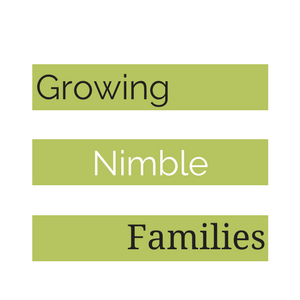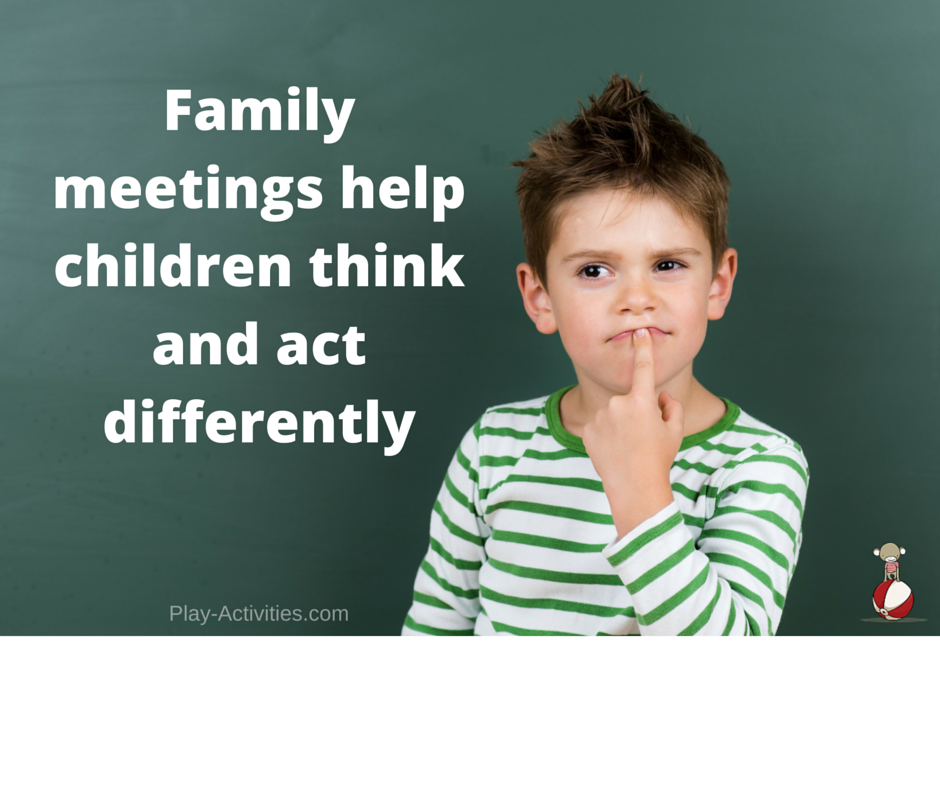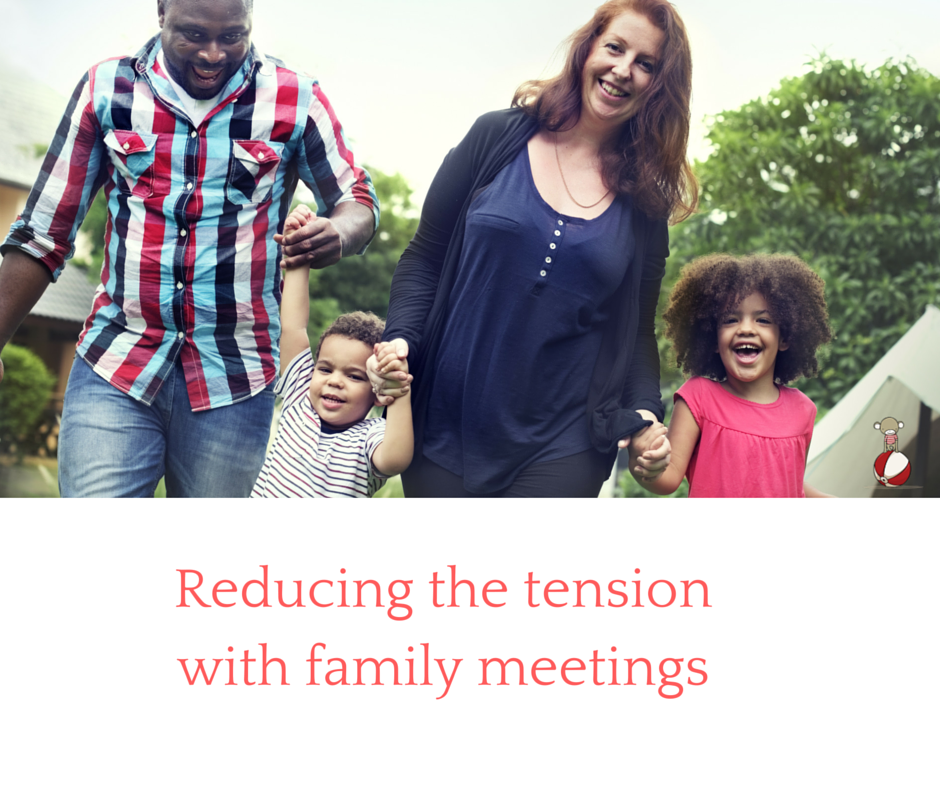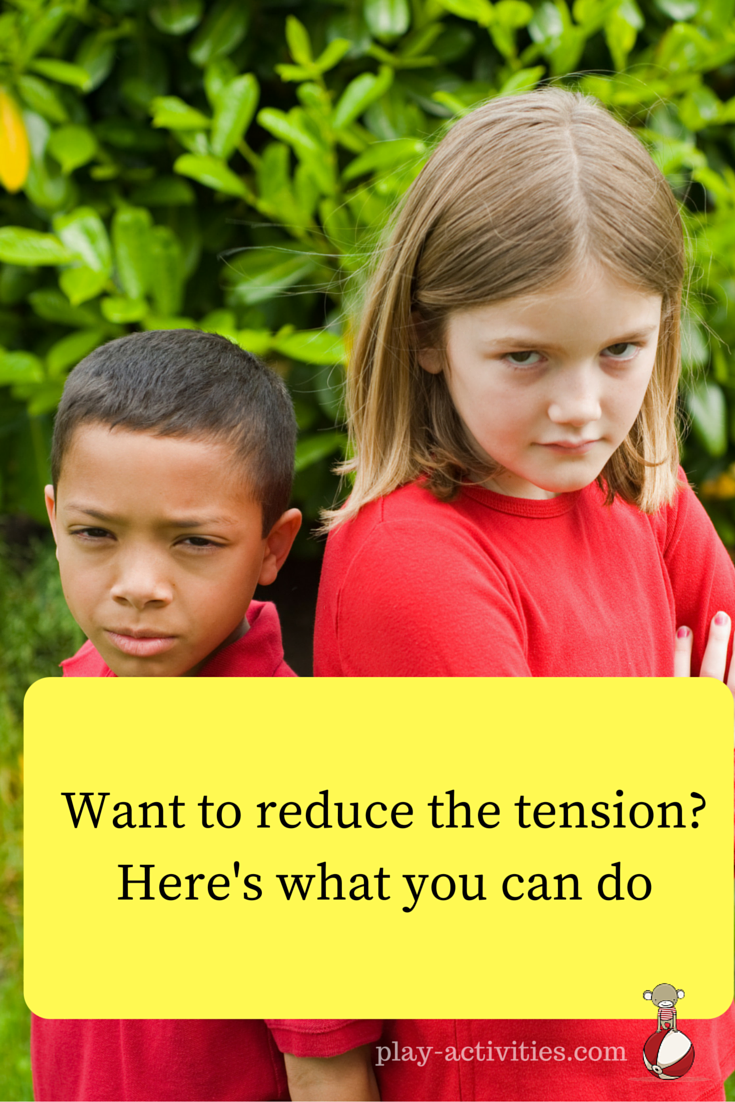There are lots of benefits to starting family meetings while a young family. In the first of this family meeting series we talked about the earlier they learn to negotiate and resolve issues the better it is for everyone. Today we’re talking about reducing tension by releasing that pressure value that builds.
Siblings want what they want. They don’t come preprogrammed with the how to do this. They get what they want however they feel at the time. For some children they fight with words and others physically.Not all of our children are naturally emotionally intelligent. The good news is they can learn.
Why family meetings are great for reducing tension in families
Family meetings are a good opportunity to work through
- how to get your point across
- when to talk and when to listen
- keeping that new thought in your head and then talking in the space
- Interrupting and disagreeing in a way that doesn’t escalate the situation
- Accepting resolution that not everyone will agree with you and not to take things personally
It’s hard to teach these types of skills in the moment when the argument is right there. Emotions are high and not too much thinking is happening. Bringing the children altogether takes time but as they learn the skills of communicating effectively they use your model.
Bickering, overtalking and interrupting
One of the cornerstones of conflict resolution must be listening with intent and turn taking. When siblings disagree and they bring their conflict to you there’s already high emotion and upset.
A family meeting is a neutral place to talk about calm down techniques, again not when you’re in the moment. Shouting, “Calm down” and yelling ourselves is often a reaction to the situation but what if we had a family calm down method. We could enact that and trigger us all to get to calm and now we’re ready for the listening to both sides.
During the family meeting we model how to wait our turn by having a chair who directs or a talking object so you can only speak when you’re holding it. At the beginning these structures help everyone have a fair time as we learn how to discuss and argue. These structures support children to know what will happen. Things are predictable, orderly and safe. It feels a bit restrictive for us but over time the children take on the roles and it feels a lot less rigid.
When a problem happens in your family how to tackle it
We can whine and complain to our partner and friends. We can threaten and bully, bribe and nag. None of those are effective long term in addressing the problem. Having a family fix helps bring attention to the issue and we get to all see everyone’s perspective. Often that is exactly the problem- not everyone thinks the same way. Until it is shared to everyone there is no empathy because there is no understanding.
It was during a family meeting we established the rules about retelling of an event. When two warring children come you need to hear both sides of the story and talk it out. However whoever told their story first was always interrupted by the hearer because they disagreed with the retelling. When the second person told their side it was often worse, because they were getting back at the other one…..and so on. This is how many disagreements go down. Before long the valve bursts with everyone.
One family meeting we talked about what might be the rules about retelling an event. It seemed a weird thing for us as parents to do because we had mastered this, they clearly didn’t in the moment. But now with dessert and a full meal they could see a new way.
- We talked about what was good about the original system ( not very much)
- What would be better? ( lots of suggestions)
- How will we remember? ( lots of thinking and parental input but we got there)
Since it was a group effort with group ideas all the children attempt this new way of dealing with a retelling.
Does it work 100% of the time? No but when they come with their complaints we have a framework and a start. They are trying to manage their emotions and get a resolution. “Before we start do you remember our agreement about interrupting? If you ( child 1) go first what does that mean you ( child 2) do?” is a common reminder especially if they come over hot.
During a family meeting you may not agree but each family member has to take turns because of the rules. There’s an agenda and a format so over time everyone sees a way to work through a problem.
Stomping off is not a valid approach to problem solving. Cooling off is different. Sometimes we as parents need to give them the words they need to say because we’ve all been there. It is frustrating when you want to say something and you just can’t find the right words.
The longer you get to work on these conflict resolving moving parts away from the trigger the better able they will be to manage conflict. Not just within family but with friends they’ll learn that reducing tension is a good step to getting a resolution that works for themselves and everyone.
In the next in this series read how family meetings with a young family gives each member something that missed because of birth order.
Part 1 Introducing family meetings to young families
Part 2 Why family meetings are great for reducing tension in families
Part 3 We need all the voices in the family meeting













